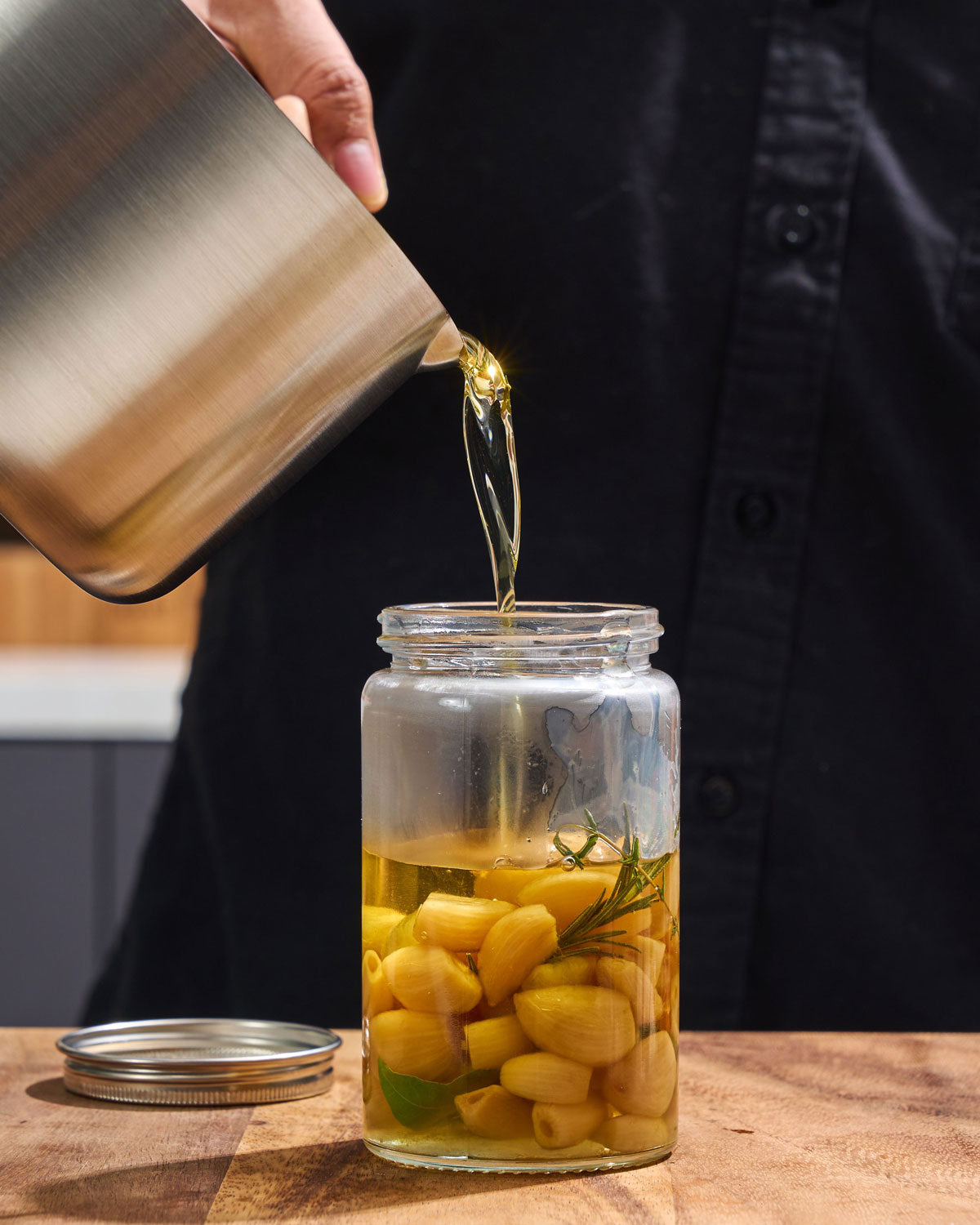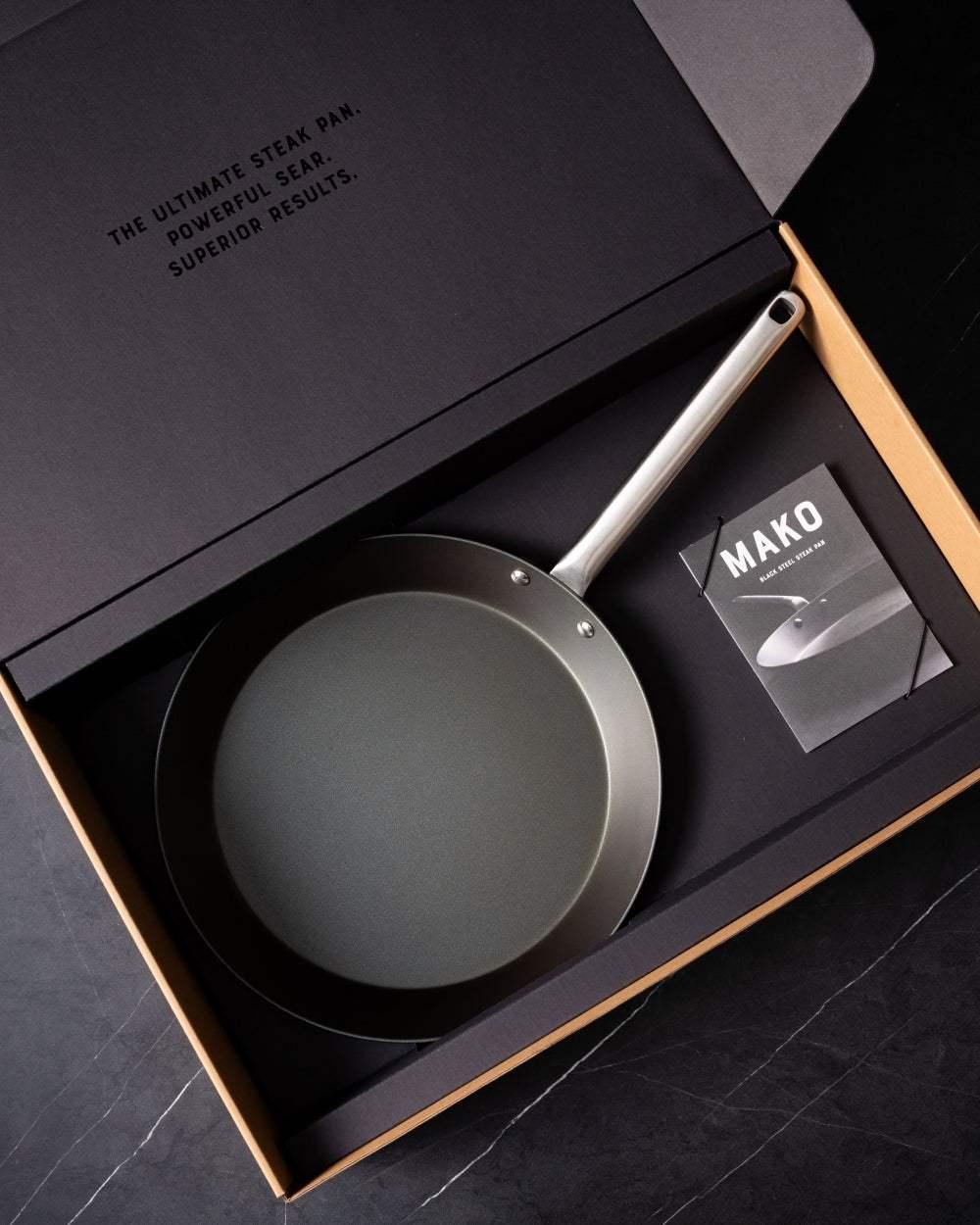

How to choose a cookware set
Decent cookware is a massive investment and one to enjoy for years, not regret every time you make dinner. Here are handy tips to consider when buying.

First: what do you actually need?
Cookware sets can seem like an excellent deal when you break down the cost-per-piece. But before you click the ‘BUY’ button, stop and ask if you really need every single piece in that set. Will some just clutter your cupboards? Often manufacturers or retailers boost sets with pieces you might not use, like steamer or double-boiler inserts, making it look like you're getting better value than you actually are. Before buying, think hard about your cooking style and real-world needs.
Here’s another thought experiment… is it possible your cooking style demands multiples of the same size saucepan, or different sizes of the same frypan? When investing in a set, check you can add to your collection with individual pieces when you want to expand it.

Now consider: what materials suit you best?
This is a crucial consideration. Those saucepan sets might look bright and shiny, but is the material actually up to scratch? What’s best? Our team here at CookDineHost spend a significant amount of time cooking and this is where we’re at with saucepan and frying pan materials. We prefer:
- 5-ply stainless steel for saucepans. For durability, performance, easy-care and heat conductivity, stainless steel can not be beat.
- Black carbon steel for sear pans. To get a crusty sear on steaks and crispy skin on fish and chicken, nothing performs like carbon steel. Our vote is for carbon steel that’s pre-seasoned for overall ease.
- Non-stick frying pans for when you don’t need really high heat. These require less oil and are easy-clean, but pay attention to the quality of the coating AND the interior construction. Ideally you want solid 3 or 5-ply constructed pans for the best heat conductivity and durability, and a coating that won’t chip or flake over time.
More questions to ask yourself
- Do you regularly make stocks or large batches of soup? You need a stockpot.
- Do you do a lot of braising? You need a larger, shallower pan with a tight fitting lid.
- Do you cook a lot of pasta? You need a generous pot for cooking the pasta and a large pan for building the sauces.
- Do you like to start cooking on the cooktop, then transfer your pan to the oven to finish cooking? You need a large, shallow pan with oven-proof handles.
- Do you make lots of risottos and other one-pan dishes? Ditto the above; you need a large sauté pan in your arsenal, and one with a lid.
- Do you love frying eggs, making omelettes, cooking pancakes, skinless chicken breasts, fish, fritters or schnitzels and other crumbed foods? A non-stick frying pan is the best for these.

Our cookware set ‘must haves'
We’ve thought long and hard about the ‘must-have’ pans for a cookware set, and narrowed the essentials down:
- A stock pot: With around a 6 litre-capacity. As well as stocks, use for big-batch cooking (like soups and ragu) and for boiling pasta and dumplings.
- A large, deep sauté pan with a lid: Our go-to for braises, one-pot dishes and for general stove-to-oven cooking
- A large saucepan with a lid: With around a 3 litre-capacity, this is essential for cooking vegetables, rice, lentils, legumes, grains and sauces, making smaller batches of soup, and for sauces. Also useful for melting chocolate in a bain-marie situation.
- A small saucepan with a lid: With a capacity of around 2 litres, this is invaluable for melting butter, heating milk, making custard, cooking smaller quantities of vegetables and for sauces.
- If non-stick cooking is important to you, then consider a cookware set containing one, or even two non-stick frying pans. A large pan is for frying fish, chicken, meatballs, fritters etc, while a smaller one is great for omelettes, pancakes and cooking one or two-portions of meat or fish.















